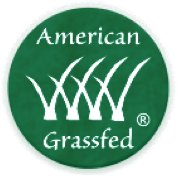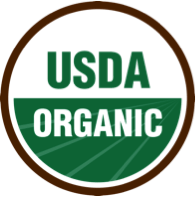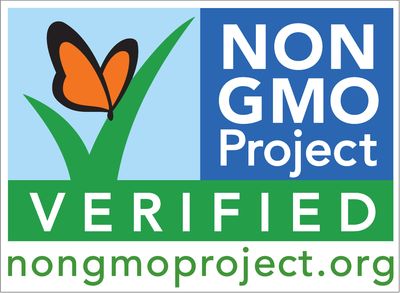3 Food Labels You Shouldn’t Trust
Processed food companies aren’t in the food business, they’re in the marketing business. Food just happens to be the product they choose to market. Just think about it – if a food requires a team of executives, scientists and psychologists to convince you to eat it, then it’s probably not good enough to sell itself, right?
While there are special seals and stickers designed to help inform consumers on what products are considered “healthy,” it’s getting more and more difficult to distinguish between legitimate labels and marketing ploys.
Enter fellow concerned-citizen Abel James to help us figure out which food labels are real and which one are gimmicks.
Three Colorful Gimmicky Seals To Watch Out For
So what does it take for a food to get a nutritional seal of approval? Unfortunately, not a whole lot.
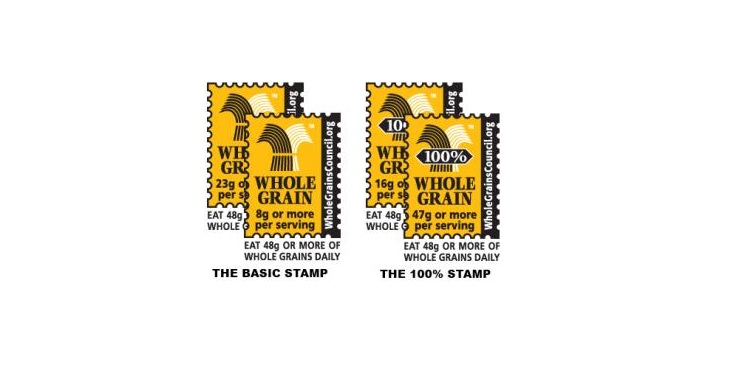
“Whole Grains” Stamp from the Whole Grains Council
Notice there’s a slight difference between the two stickers.
One says “Whole Grain,” while the other says “100% Whole Grain.” A cereal marked with the basic “Whole Grain” stamp only needs half a serving of whole grains (about 8 grams) to qualify for the seal, and can contain nasty ingredients such as refined flour and high-fructose corn syrup.
Chocolate chip muffins, cinnamon rolls, Cheetos, Reduced-Fat Flaming Hot Cheetos, all contain the “Whole Grains” stamp of approval. That should tell you everything you need to know about this seal.

“Kids Eat Right” Seal from the Academy of Nutrition and Dietetics
You can find this product seal on Kraft American processed cheese singles, which should automatically make you question its legitimacy.
Technically, the academy isn’t endorsing Kraft singles, rather the sticker is there because Kraft endorses the “Kids Eat Right” academy… by placing its seal on packages of Kraft singles. Confusing, right? Something tells me that’s exactly their intention.
There’s essentially no nutritional value in this product, which makes the seal misleading to parents seeking to pick up nutritious food for their kids.
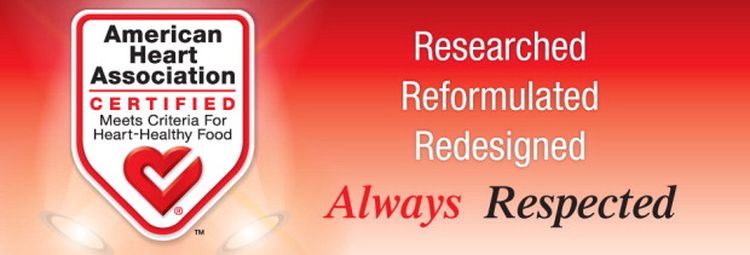
“Heart Check” Seal from the American Heart Association (AHA)
Again, you can often determine the legitimacy of a label based on the food its on.
Of the 25 vegetables endorsed by the AHA, 14 of them are variations of white potatoes. While these are technically vegetables (depending on who you ask), they’re also high in starch, which can drastically impact insulin/blood sugar levels. Chronic elevated blood sugar levels can lead to heart disease down the line. Oxymoronic, anyone?
This seal is also branded across many products that have been labeled low-sodium, low calorie and low fat, but contain harmful ingredients such as processed grain oils, soy and MSG. This label often focuses on what’s NOT in the food, as opposed to what good and bad ingredients the food actually contains. And often times, there’s a lot of bad to ignore.
Three Seals You Can Trust
|
|
|
|
Your best bet is to stay away from the center aisles of the grocery store and orbit the periphery; this is where the meat, seafood, dairy, eggs and produce lie. The USDA Organic seal, the American Grassfed seal, and the Non GMO Project Verified seal are all legitimate labels that can help you make good decisions when shopping for food.
While reading labels is one of the most important things you can do to ensure your family’s health is being considered, you also need to do your own research. Just because something is organic doesn’t make it automatically good for you. So bring your thinking cap with you on your next trip to the grocery store!

